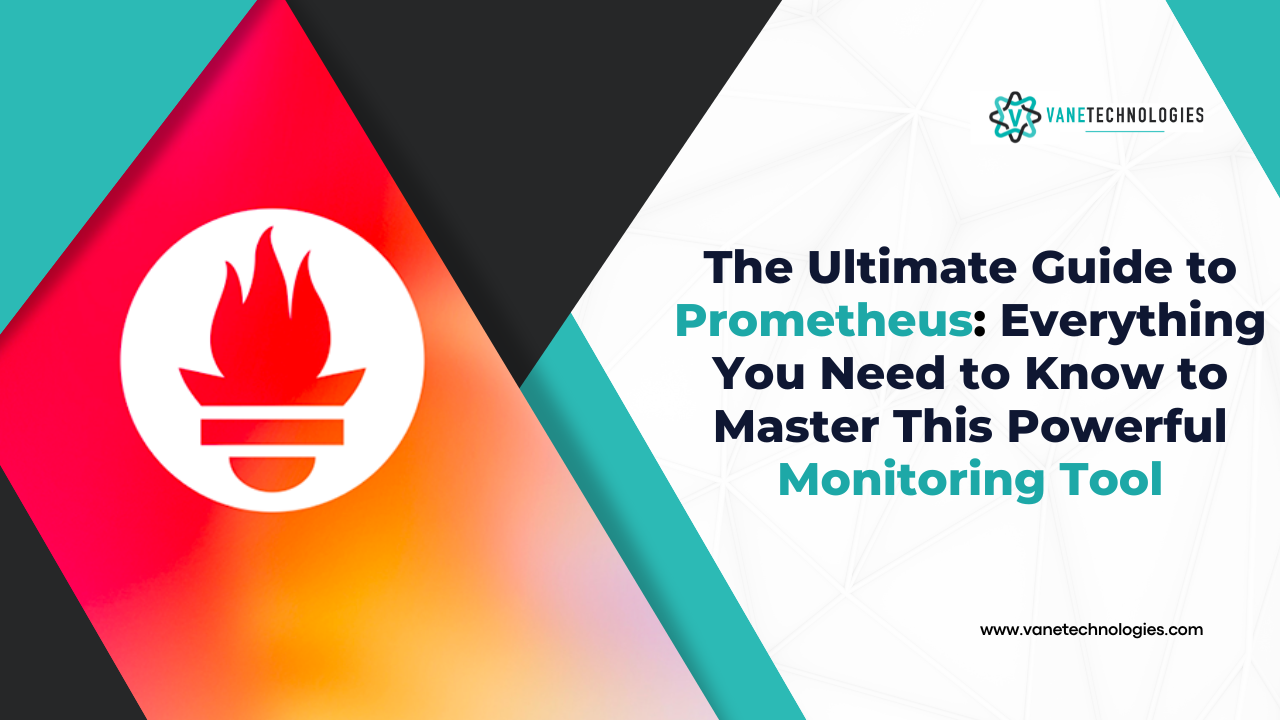
BLOGS

The Ultimate Guide to Prometheus: Everything You Need to Know to Master This Powerful Monitoring Tool
Prometheus is an open-source monitoring system that collects metrics from a variety of sources and stores them in a time series database. It is a powerful tool that can be used to monitor everything from cloud infrastructure to applications.
In this article, we will discuss the best practices for configuring, monitoring, and optimizing Prometheus. We will cover topics such as:
How to configure Prometheus for your specific needs
How to choose the right metrics to monitor
How to set up alerts to notify you of problems
How to optimize Prometheus for performance
Precise Configuration
The first step to mastering Prometheus is to configure it correctly. This includes setting the scraping intervals, retention policies, and targets. You should also use labels intelligently to differentiate your metrics.
Scraping intervals
determine how often Prometheus polls your targets for metrics. You should choose a scraping interval that is appropriate for the metrics you are monitoring. For example, you might want to poll metrics that change frequently more often than metrics that change slowly.
Retention policies
determine how long Prometheus will store your metrics. You should choose a retention policy that is appropriate for your needs. For example, you might want to keep metrics for a longer period of time if you need to troubleshoot problems.
Targets
are the systems or applications that you want to monitor. You should define targets for all of the systems or applications that you are interested in monitoring.
Labels
are used to add context to your metrics. For example, you might use labels to identify the environment, the application, or the user that generated a metric.
Metrics Naming Conventions
Your metrics should be named in a way that makes sense for your organization. The naming convention should be consistent and easy to understand. This will help you to quickly identify and understand the metrics that are important to you.
Effective Monitoring
Prometheus is not just about collecting data; it's also about taking action when something goes wrong. You should set up alerts to notify you of problems. The alerts should be specific and actionable. You should also use Alertmanager to manage and route alerts effectively.
Scalability and Performance Optimization
Prometheus is designed to scale, but you can improve its performance by following these tips:
Federation:
Use federation to aggregate metrics from multiple Prometheus instances. This can help you to reduce the load on each instance.
Remote storage:
Offload long-term storage to a remote database or system. This can free up Prometheus to focus on collecting and processing metrics.
Retrieval and storage limits:
Set retrieval and storage limits to prevent Prometheus from consuming excessive resources.
Instrumentation:
Ensure that your application code is well-instrumented for efficient monitoring. This will help Prometheus to collect the metrics that you need.
Use correct data types:
Choose the appropriate data types for your metrics to minimize storage and query overhead.
Documentation and Collaboration
It is important to maintain clear documentation for your Prometheus setup. This will help your team to understand the configuration, alerts, and dashboards. You should also collaborate with your colleagues to build a culture of shared insights and problem-solving.
Regular Review and Improvement
Your monitoring needs will evolve over time. It is important to regularly review your Prometheus setup and make changes as needed. This will help you to ensure that Prometheus is always meeting your needs.
By following these best practices, you can master Prometheus and use it to effectively monitor your systems and applications.
Conclusion
Prometheus is a powerful tool that can be used to monitor a wide variety of systems and applications. By following the best practices outlined in this article, you can get the most out of Prometheus and ensure that your systems are always running smoothly. #PrometheusBestPractices #DataMonitoring #TechInnovation #VaneTechInsights
![]() 1200 Brickell Ave., Suite 1950 Miami, Florida, 33131
1200 Brickell Ave., Suite 1950 Miami, Florida, 33131
![]() 1654 Calle Tulipan, Suite 100 San Juan, Puerto Rico
1654 Calle Tulipan, Suite 100 San Juan, Puerto Rico
![]() Manquehue Sur 520, oficina 205 Las Condes, RM, Chile
Manquehue Sur 520, oficina 205 Las Condes, RM, Chile






